 45 New or Enhanced Routes and Over 300 New Buses Would Be Added With $354 Million in Federal Funding Before Congestion Pricing Takes Effect:
45 New or Enhanced Routes and Over 300 New Buses Would Be Added With $354 Million in Federal Funding Before Congestion Pricing Takes Effect:
Mayor Michael R. Bloomberg and Metropolitan Transportation Authority Executive Director and CEO, Elliot G. Sander today announced what could be a new express bus route from the Throggs Neck Section of the Bronx to Lower Manhattan, if – and only if – the congestion pricing plan is approved by the State Legislature and the City Council. One of the new proposed routes, the BXM-19, would run from Throggs Neck down to Battery Place, serving as an extension to the existing BXM-9 which currently terminates at Fifth Avenue and 23rd Street. Currently, passengers of the BXM-9 who work in Lower Manhattan must transfer to a different bus or subway to continue below 23rd Street. The BMX-19 would provide Bronx residents with a one-seat ride to Lower Manhattan. Taking place at a bus stop at the intersection of Layton and Vincent Avenues, the Mayor noted that he can not yet cut the ribbon on a service that would benefit thousands of Bronx residents because funding does not exist without congestion pricing. The new express route, along with 44 other new and enhanced routes and over 300 new buses, would be funded under the Urban Partnership Agreement, which would award $354.5 million in federal funds to the City if the Mayor’s congestion pricing plan is adopted. The Mayor was also joined by Department of Transportation Commissioner Janette Sadik-Khan, Assemblyman Michael Benedetto, City Councilman James Vacca, Bronx Borough President Adolfo Carrion, Gene Russianoff, Senior Attorney for the NYPIRG Straphangers Campaign and local resident Audrey Izzard.
“Legislators in every community must keep in mind the benefits congestion pricing will bring and what we give up if they fail to act,” said Mayor Bloomberg. “We face a real need for mass transit improvements, and congestion pricing offers the rare opportunity to fund them. Without that funding, the MTA will not be able to make these projects happen. The new BXM-19 bus route is one of hundreds of improvements that depend on the federal funding we will be given if we enact a congestion pricing plan.”
“If we’re serious about encouraging people to use public transportation, we must increase travel options for underserved areas,” said MTA Executive Director and CEO Sander. “This route, for example, would speed Bronx residents from Throggs Neck to jobs in Manhattan.”
“Congestion Pricing is critical to the future of New York City,” said Commissioner Sadik-Khan. “That is why we are traveling to many neighborhoods around the city to demonstrate just what kind of mass transit improvements, like new express bus routes, they could expect to see with this new source of funding.”
“I am extremely happy about the possibility of this new express bus route,” said Assemblyman Benedetto. “It is definitely a plus for the residents of the North Bronx, Throgs Neck, and Co-op City and also a step in the right direction to encourage Bronx residents to use mass transit”
“Expanding express bus service to the Financial District has been at the top of our community’s wish list for over a decade,” said Councilmember Vacca. “When I first came to the City Council in 2006, I asked the mayor to institute this service for our community, and I applaud him for committing himself to our cause. Thousands of residents from my district commute to Wall Street every day to help power our city’s economy, and the least we can do is provide them with a fast, comfortable, one-seat ride to Lower Manhattan.”
“Throggs Neck is one of many neighborhoods in the Bronx that needs more public transportation options,” said Bronx Borough President Carrion. “The congestion pricing plan will provide much needed service expansion in under-served neighborhoods, along with the environmental and public health benefits of reduced through traffic and vehicular air pollution. Furthermore, the proposal offers the prospect of new transit revenues for investment in capital projects throughout the five boroughs. For these reasons I reiterate my support for congestion pricing and urge the City Council and State Legislature to do their part in making the proposal a reality.”
“If the City Council and State Legislature approve congestion pricing, New Yorkers will get right away hundreds of new local buses and scores of new express buses and subway cars and new one-seat rides over the Manhattan and Williamsburg Bridges,” said Gene Russianoff, senior attorney for the NYPIRG Straphangers Campaign. “It’s a great package of transit improvements and it would be awful to lose them.”
“After years of collecting petitions, I’m thrilled to hear that this bus route may finally be established,” said Audrey Iszard. “Every day I take the express bus and have to transfer to the subway to get to Lower Manhattan. This route would ensure a one-seat ride.”
Charging drivers to enter the congestion pricing zone will help encourage some drivers to leave their car at home and take mass transit. Some sections of the city do not have many mass transit options, so the City and MTA have focused on a transit improvement plan that would be implemented before congestion pricing takes effect. By either adding service to existing routes or creating new routes, the City and State are prepared to help transition many people from their cars to mass transit.
In December 2006, Mayor Bloomberg challenged New Yorkers to generate ideas for achieving a sustainable future for the City. The result was PlaNYC, the most sweeping plan to enhance New York’s environment in the City’s modern history. Focusing on the five key dimensions of the City’s environment – land, air, water, energy and transportation – the 127 initiatives of PlaNYC are a plan that could become a model for cities in the 21st century. A major initiative of PlaNYC is a proposed pilot program to charge drivers a fee to enter the central business district in Manhattan. Revenue generated from the fee would be earmarked for transit improvements, such as the new Metro North stations in the Bronx, and East Side Access, which would generate the capacity required for the MTA to operate additional LIRR stations in Queens.
MTA Proposed Transit Enhancements by Borough that would be funded through passage of congestion pricing:
Brooklyn – 1 new express route, 2 new local routes and increased service on 4 existing routes
Staten Island – increased service on existing routes including the addition of 33 express buses
Manhattan – increased service on 16 existing routes
Queens – 4 new express routes, 2 new local routes and increased service on 13 existing routes
Bronx – 3 new express routes
300 new buses for the 5 boroughs
The MTA is also planning to use congestion pricing funds to enhance subway service on many lines.

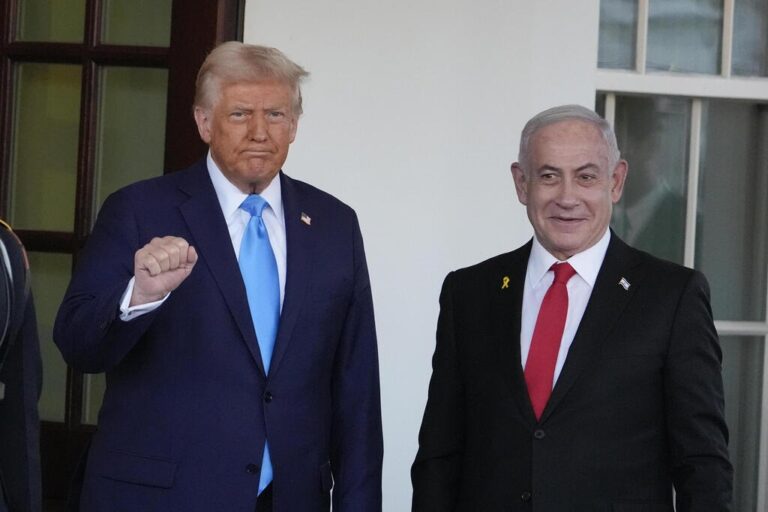
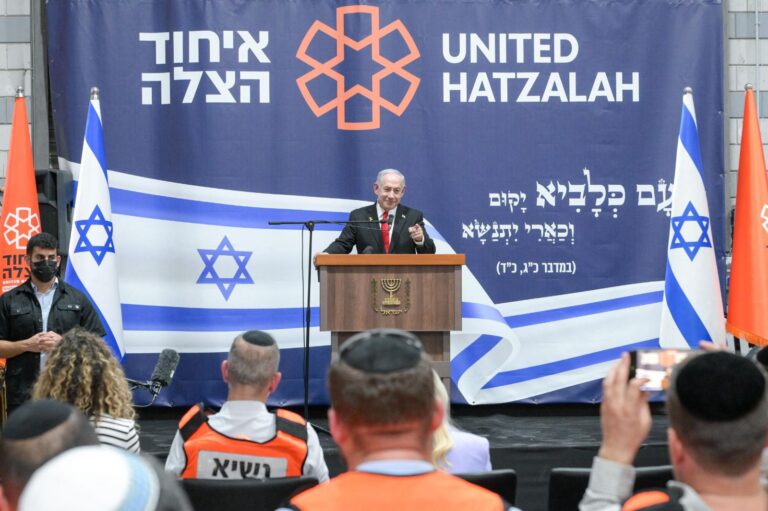
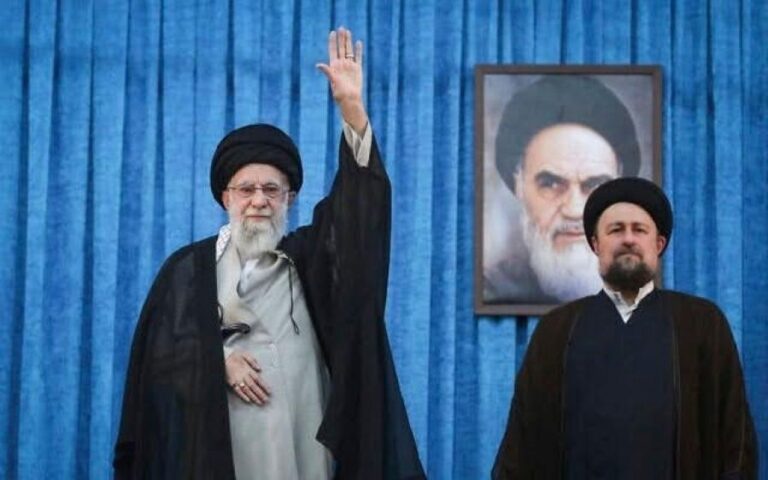
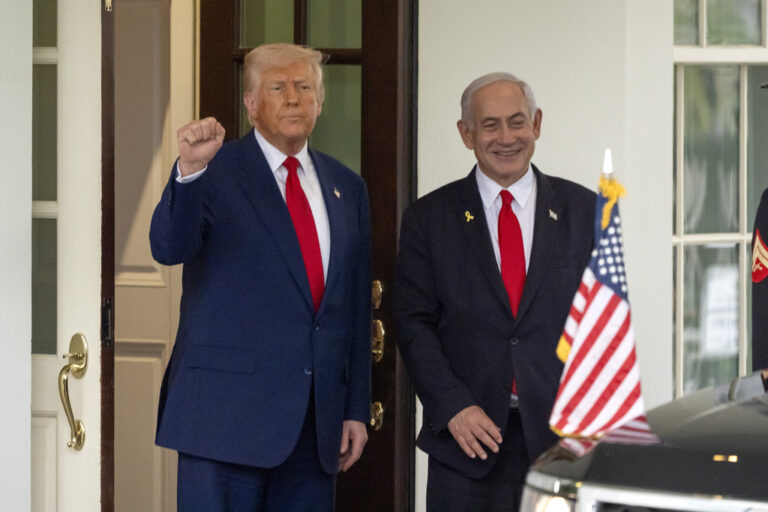
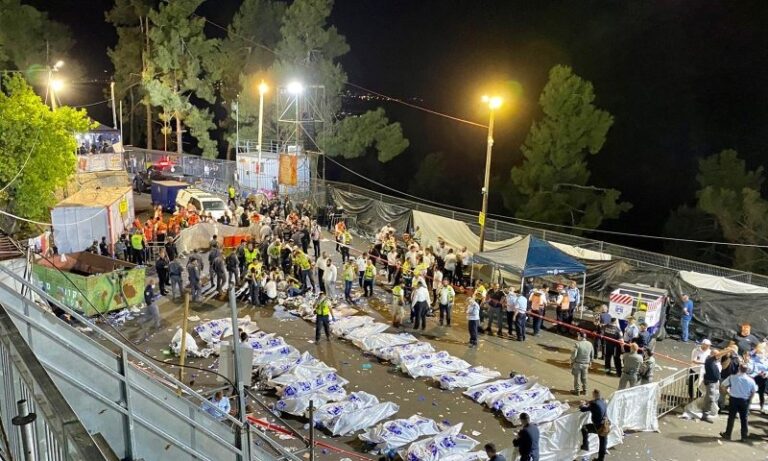
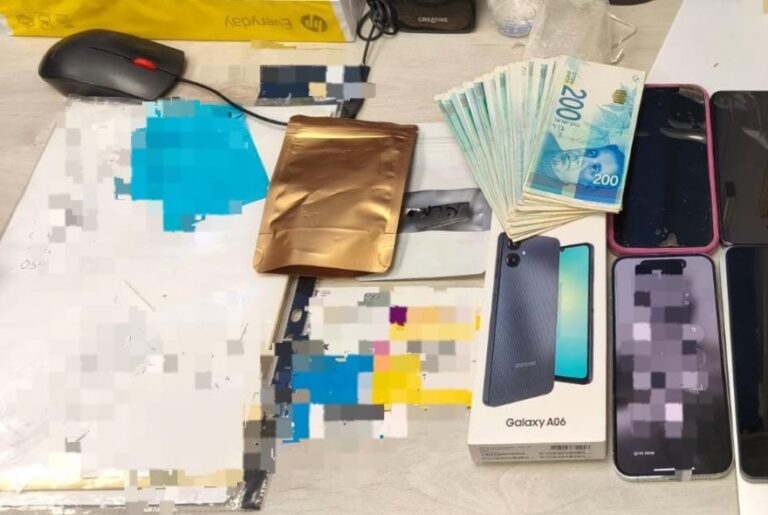
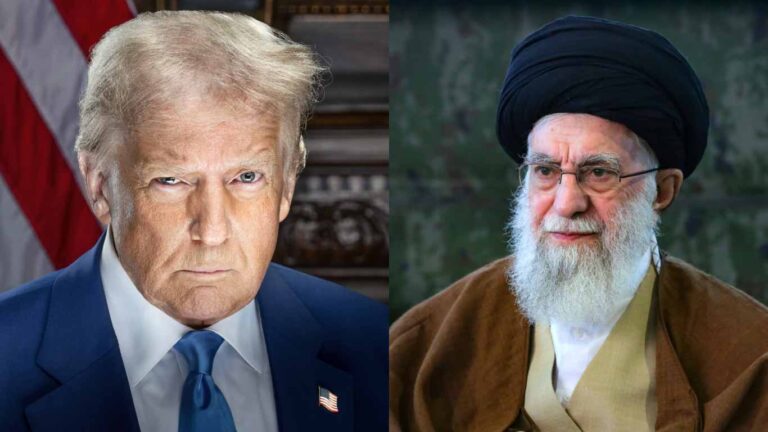

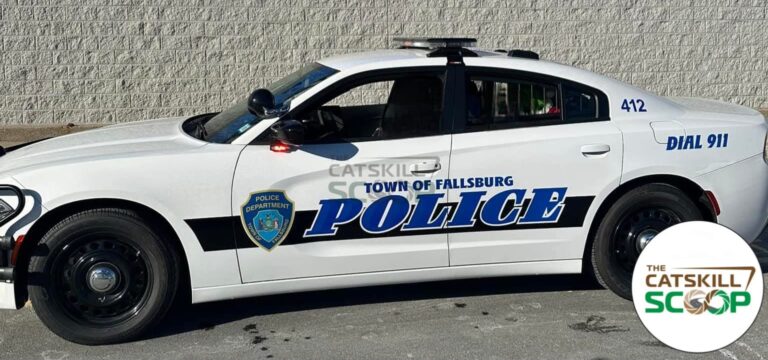

2 Responses
At what cost would this new “enhanced” service come?!
Congestion pricing STINKS as bad as the Mayor does. First & foremost the Mayor is agends driven to accomplish something to make a name for himself. This billionair is not happy with his money alone he needs Kovod big time.
Let’s not forget that the main agenda behind congestion pricing is what ???? That’s right!!! You guessed it, GLOBAL WARMING!!!
Let’s not be fooled by the Mayors promises of “new & improved” mass transit, that is his way of trying to convince us “foolish citizens” to go along with his nonsence.
Bottom line, what you’re gonna get is a fee to drive into the city, an increase in bus & subway fares & tolls. Prices of goods & services will rise because of the additional costs of doing business in the city. Whatever revenue will increase will get lost in government as usual. And last but not least reduction in traffic???? HA!!! That will NEVER happen.